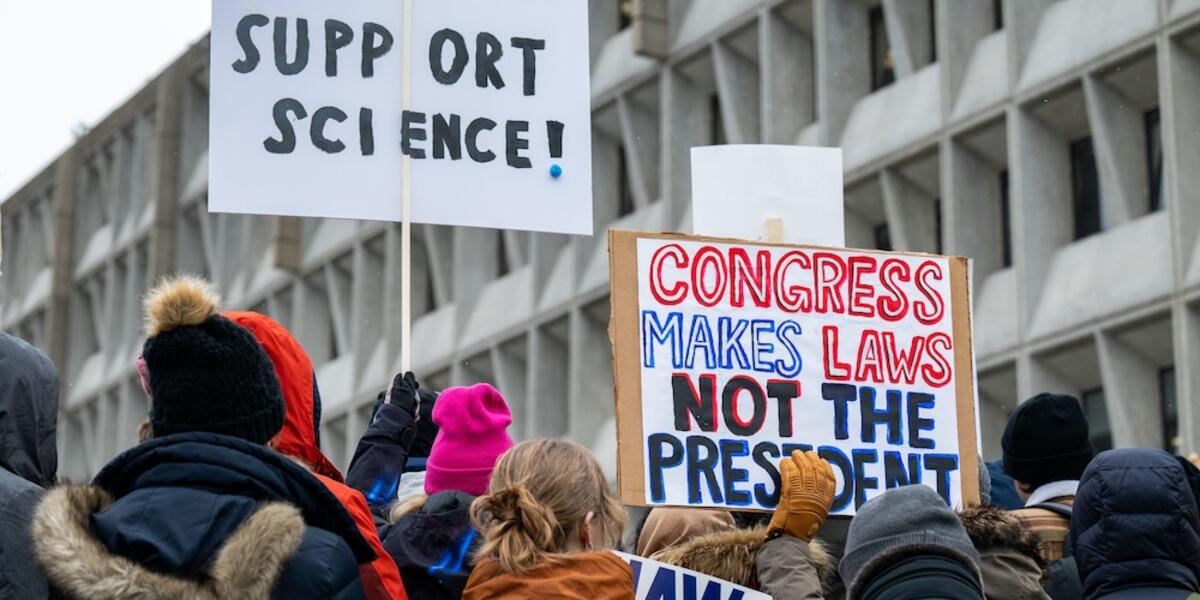Democrats in Disarray: The Uphill Battle for Political Redemption

In a rare moment of political unanimity, Democrats across the spectrum are acknowledging a critical challenge: their party stands at a crossroads, urgently requiring a strategic reinvention. From grassroots activists to seasoned party leaders, there's a growing consensus that the current approach is not resonating with voters and fundamental changes are necessary.
The widespread recognition of their political predicament is itself a potential turning point. Unlike past moments of internal division, Democrats are now united in their assessment that the party needs a bold, fresh direction to reconnect with American voters and rebuild its electoral momentum.
This collective self-awareness could be the first step toward meaningful transformation. By openly confronting their challenges and demonstrating a willingness to adapt, Democrats might just be laying the groundwork for a more dynamic and responsive political strategy that can effectively address the evolving needs of the electorate.
The road ahead is complex, but the party's newfound unity in recognizing its challenges offers a glimmer of hope for a potential political renaissance.

